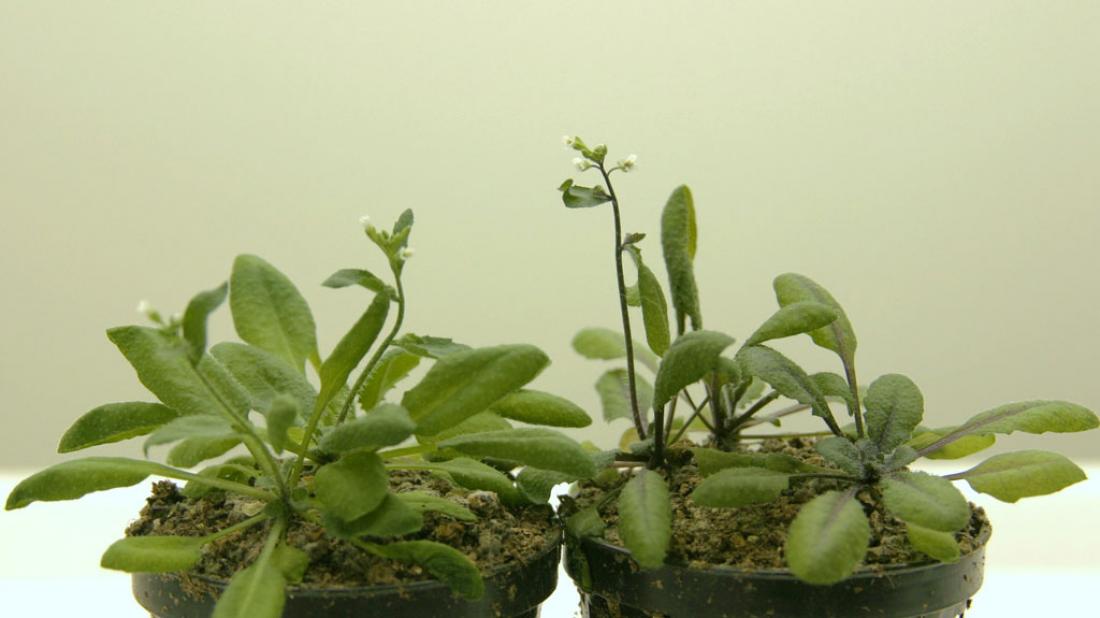Figure 1: A wild-type Arabidopsis thaliana (thale cress) plant (left) and a mutant plant
accumulating anthocyanins (right).
The enzymes needed for producing and chemically modifying functionally important plant molecules called anthocyanins have been identified by a research team led by Kazuki Saito of the RIKEN Plant Science Center, Yokohama.
Anthocyanins belong to a class of organic compounds called flavonoids, which are naturally produced by plants. Defined as secondary metabolites, which have various functions, they are not required directly for development, growth or reproduction. As pigments, they produce some of the colors that flowers need to attract insect pollinators. Others protect against damaging ultraviolet light or defend against plant diseases. The flavonoids secreted from the roots of legumes, such as peas, facilitate interactions with soil microbes that are ultimately beneficial for plant growth. Many of the flavonoids ingested by humans promote good health, or even protect against cancer.
“The biosynthetic pathways that give rise to flavonoids are complex, involving multiple enzymes,” says Saito. “These enzymes are encoded by multi-gene families, making it difficult to elucidate their precise physiological functions.”
Saito’s team set out to identify genes involved in flavonoid biosynthesis in Arabidopsis thaliana, a species often used as an experimental model in plant genetics (Fig. 1). The availability of the complete genome sequence of Arabidopsis has allowed the development of ‘omics’-based databases and bio-resources. “Just as the genome contains information about all of the plant’s genes, the proteome and transcriptome contain information about protein and gene expression, respectively, whereas the metabolome signifies metabolites, including secondary metabolites such as flavonoids,” explains Saito.
Taking advantage of this information, and using sophisticated genetic and analytical techniques, Saito and colleagues found that the genes UGT79B1 and UGT84A2, which encode enzymes called UDP-dependent glycosyltransferases (UGTs), clustered with other genes involved in producing anthocyanins. When they deleted the UGT79B1 gene in Arabidopsis plants, they found it drastically reduced anthocyanin production. Further experiments, using genetically engineered UGT79B1, allowed them to uncover the precise biochemical function of the UGT79B1 enzyme, including its substrate specificity.
The UGT84A2 gene was already known to encode an enzyme that attaches glucose to a molecule called sinapic acid—a building block of anthocyanin sinapoylation, which is a chemically modified type of the anthocyanin molecule. Saito and colleagues experiments revealed that the level of sinapoylated anthocyanin was greatly reduced in mutants lacking the UGT84A2 gene.
The researchers were also able to study the evolutionary relationships of the UGT enzymes in various plant species. “Our work provides a ‘roadmap’ for anthocyanin modification routes in Arabidopsis and other plants,” says Saito.
References: (link to article below)
Yonekura-Sakakibara, K., Fukushima, A., Nakabayashi, R., Hanada, K., Matsuda, F., Sugawara, S., Inoue, E., Kuromori, T., Ito, T., Shinozaki, K., et al. Two glycosyltransferases involved in anthocyanin modification delineated by transcriptome independent component analysis in Arabidopsis thaliana. The Plant Journal 69, 154–167 (2012).



